Plastics are everywhere because they are one of the most convenient and light packaging options. Whether you buy fresh fruits from supermarkets or dip tea bags in hot water to make yourself a cup of comforting drink, everything involves plastic. While plastic was designed to carry products, it has made its way inside food items in the form of microplastics. These refer to tiny plastic pieces smaller than 5mm. They may be invisible to the naked eye, but their effect on human health is disastrous.
Let’s explore 12 food items that reportedly contain the highest amount of microplastics.
Ready-to-Eat Meals

Most ready-to-eat meals require microwaving for a few seconds and even minutes to prepare them for immediate consumption. Even this brief heating period releases nearly 2.11 billion nanoplastic and 4.22 million microplastic particles per one square centimeter of the plastic area, making the food harmful for consumption. Placing ready-to-eat meals in the microwave releases the chemicals used in the container, infusing them with the stored food.
Bottled Water

Many people prefer bottled water over tap water because they think it is safer and hygienically packed. However, the truth is that water bottles are the most dangerous because of their high microplastic and nanoplastic contamination. According to a study, one liter of bottled water contains approximately 240,000 tiny plastic pieces, 90% of which are nanoplastics. It indicated a 10 to 100 times higher plastic concentration in bottled water than earlier studies.
Apples

Rising plastic pollution has reached organic fruits and vegetables, contaminating them with dangerous levels of microplastic and nanoplastic particles. A study tested fruits and vegetables being sold in a supermarket and found traces of microplastics. Apple was labeled the most contaminated fruit, while carrots ranked top for the most contaminated vegetable. Researchers found nanoplastic particles entered the fruits and vegetables from surrounding water and soil through cracked plant roots. Apple is believed to have over 100,000 microplastics per gram.
Beer

It can be a surprising item on the list, but beer is reported to have microplastic contamination. A study found that there are microplastic particles in the range of 1212-9659 per 100 mL of beer. Experts even place beer as the second most microplastic-contaminated item, second only to bottled water. Since not every beer has the same amount of microplastic contamination, searching for safer and better brands is recommended.
Shellfish
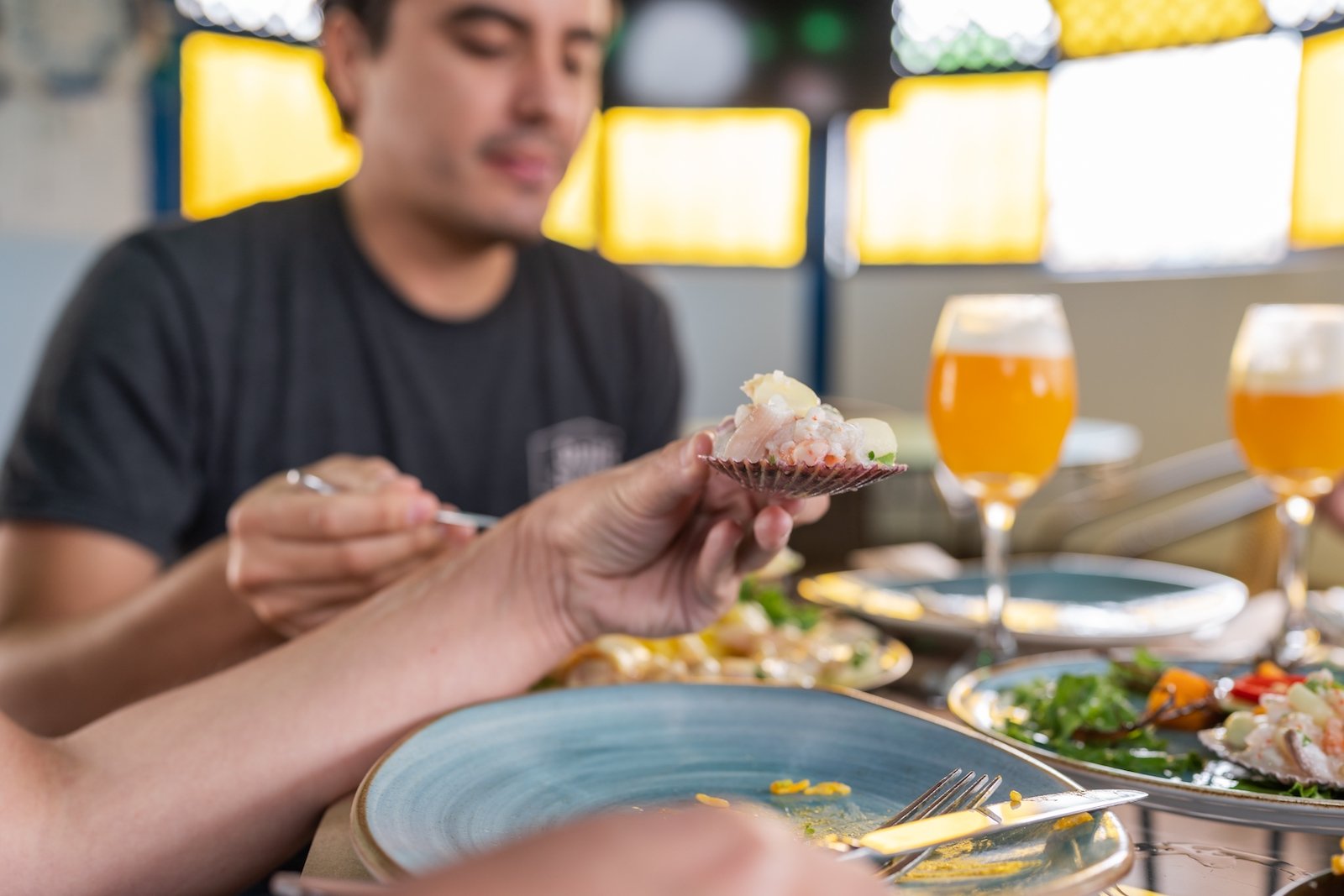
Oceans have become the dumping ground for discarded plastic, so most sea creatures, including shellfish, consume tiny plastic particles. Researchers tested some shellfish and found two types of microplastics in their bodies. They estimate that people who eat the most seafood, such as shellfish, consume nearly 53,864 microplastic particles annually.
Table Salt
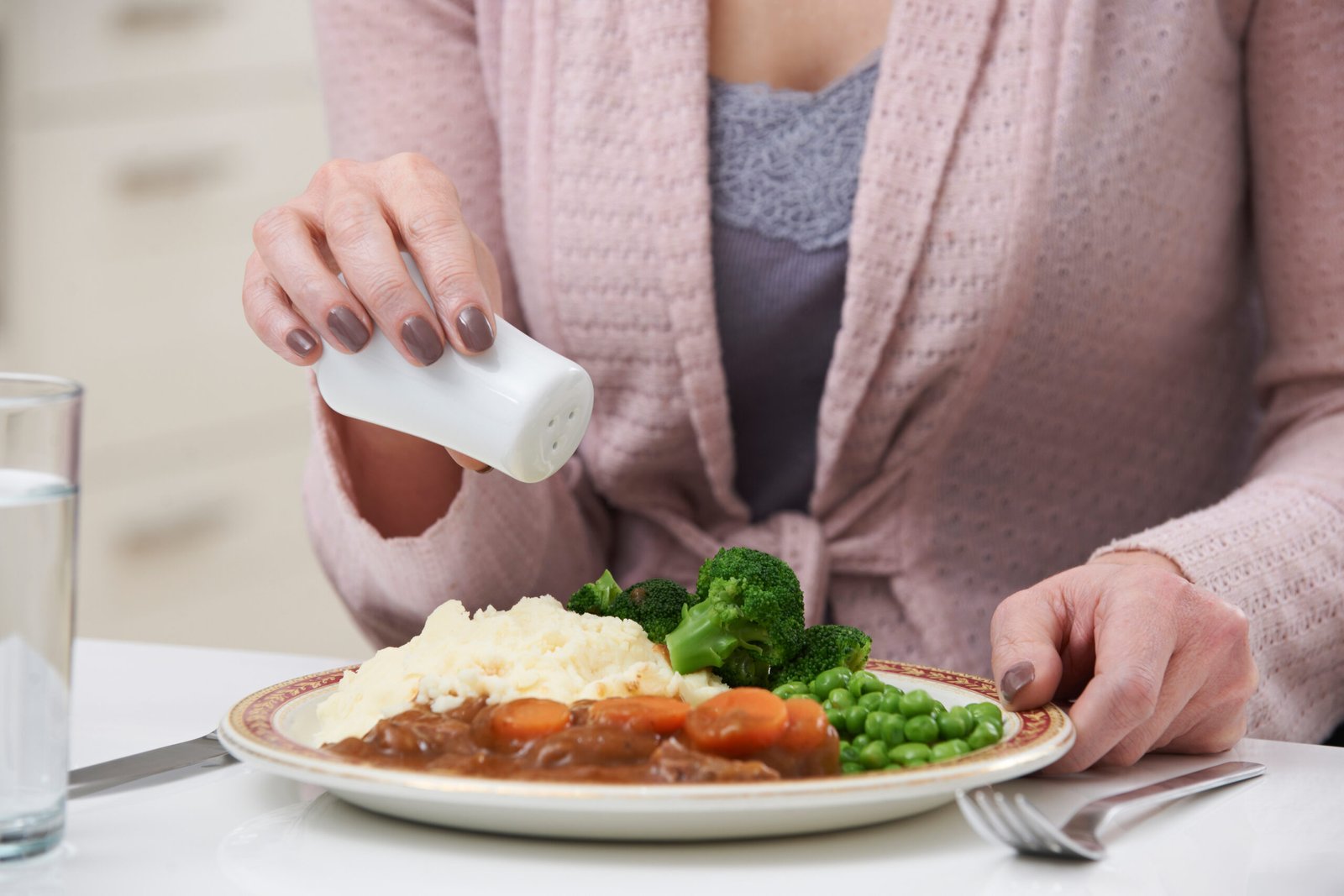
Table salt is an essential food item used in almost every meal. While it may give the appearance of white crystals grinded into a textured powder, it contains more than just salt. A research study tested 21 table salt brands and found microplastic particles in every sample. The tested table salt found traces of plastic fragments, fibers, films, and pellets, all deemed dangerous for human health. Using a lot of table salt may expose you to 0.41 microplastic particles daily and 150 microplastic particles yearly.
Plant-Based Nuggets
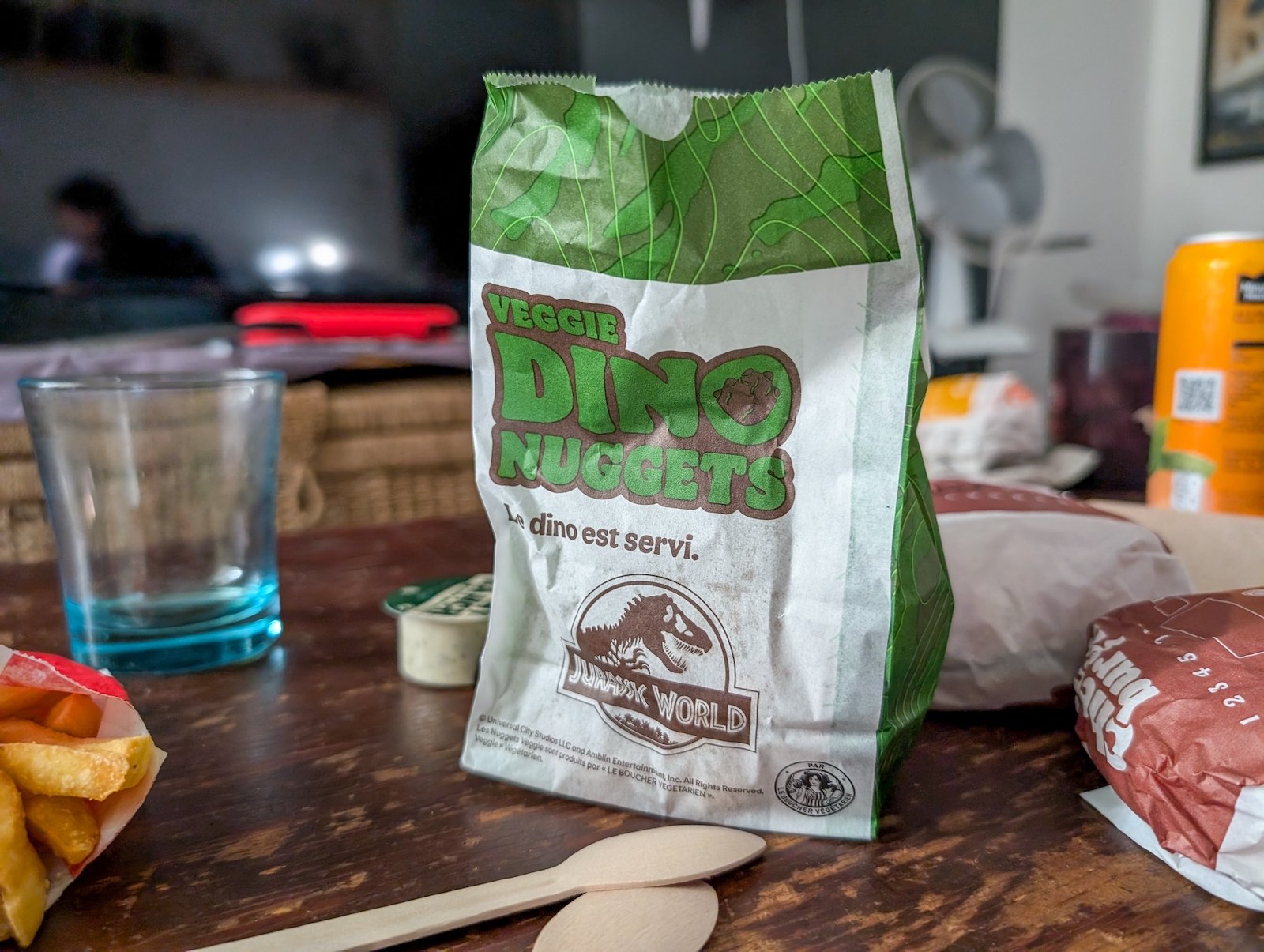
If you think microplastics are only present in animal-based products, an environmental research study will make you question this belief. Researchers conducted a study to find which proteins have the most microplastics. Unfortunately, all sampled proteins, including plant-based nuggets, tested positive for microplastic contamination. Next to breaded shrimps, plant-based nuggets came in second, with under 100 microplastic pieces per serving.
Tea Bags

While teabags are typically made of mesh and paper bags, some brands use nylon and PET. These materials can degrade when exposed to hot water. A research paper revealed that brewing a tea bag with microplastic contamination can release roughly 3.1 billion nano-plastics in a single cup of tea. It can significantly affect the tea drinker’s health over time. Another study revealed that a single tea bag contains approximately 13,000 microplastic particles. If you use tea bags regularly, you may look for alternate products that are safe and cost-effective.
Canned Food
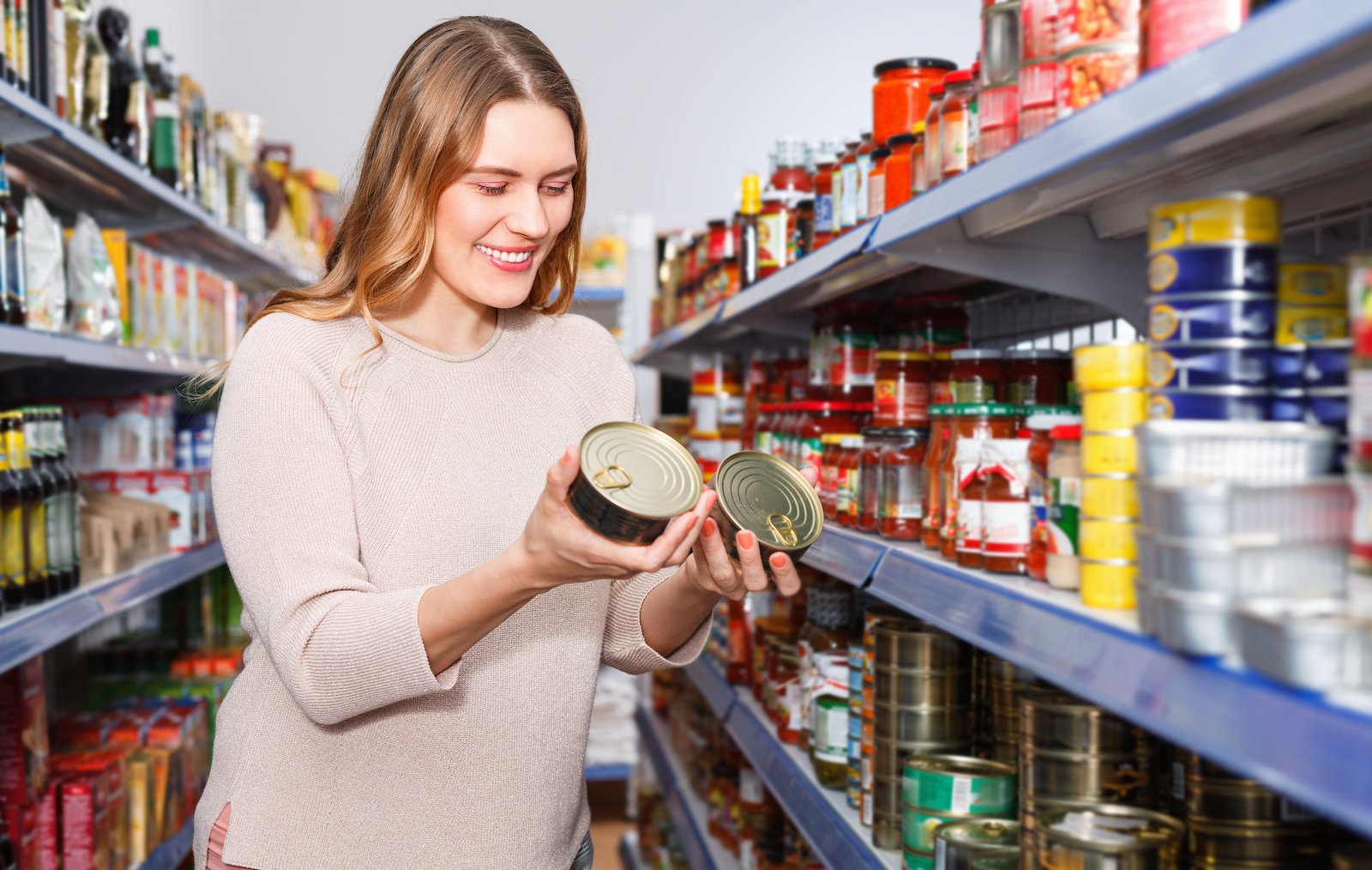
Whether you buy canned tomato puree or canned beans, they’re all subjected to microplastic contamination. Food cans are among the top plastic-based food packaging options known for their high microplastic content. Since food remains stored in cans for extended periods, microplastics eventually make their way into the food. Researchers estimate that American adults have an average exposure of 11,000 to 29,000 microplastic particles per year because of consumption of such food items, which can be severely detrimental to a person’s health.
Chicken Nuggets

Chicken nuggets are an all-time favorite of adults and kids alike, but few know they’re consuming microplastics with every piece of chicken nugget they eat. While microplastics are found in almost every food item, the concentration is slightly higher in ultra-processed food items. A study revealed how food processing is a potential cause of microplastic contamination in chicken nuggets and other food items that are heavily processed.
Sugar

Sugar is an inseparable part of everyone’s diet. Even if you don’t add sugar directly to your food and beverages, they are naturally present in breads, salad dressings, sauces, fast food, and other mass-produced food items. A study was conducted to find the degree of microplastic contamination in sugar and found the presence of 226 ± 99.5 particles/kg. Much of the microplastic contamination was in fragment form, while the remaining were fiber-shaped. Adults who consume the most sugar are exposed to a maximum of 23,660 microplastic particles/kg/bw/year.
Breaded Shrimp
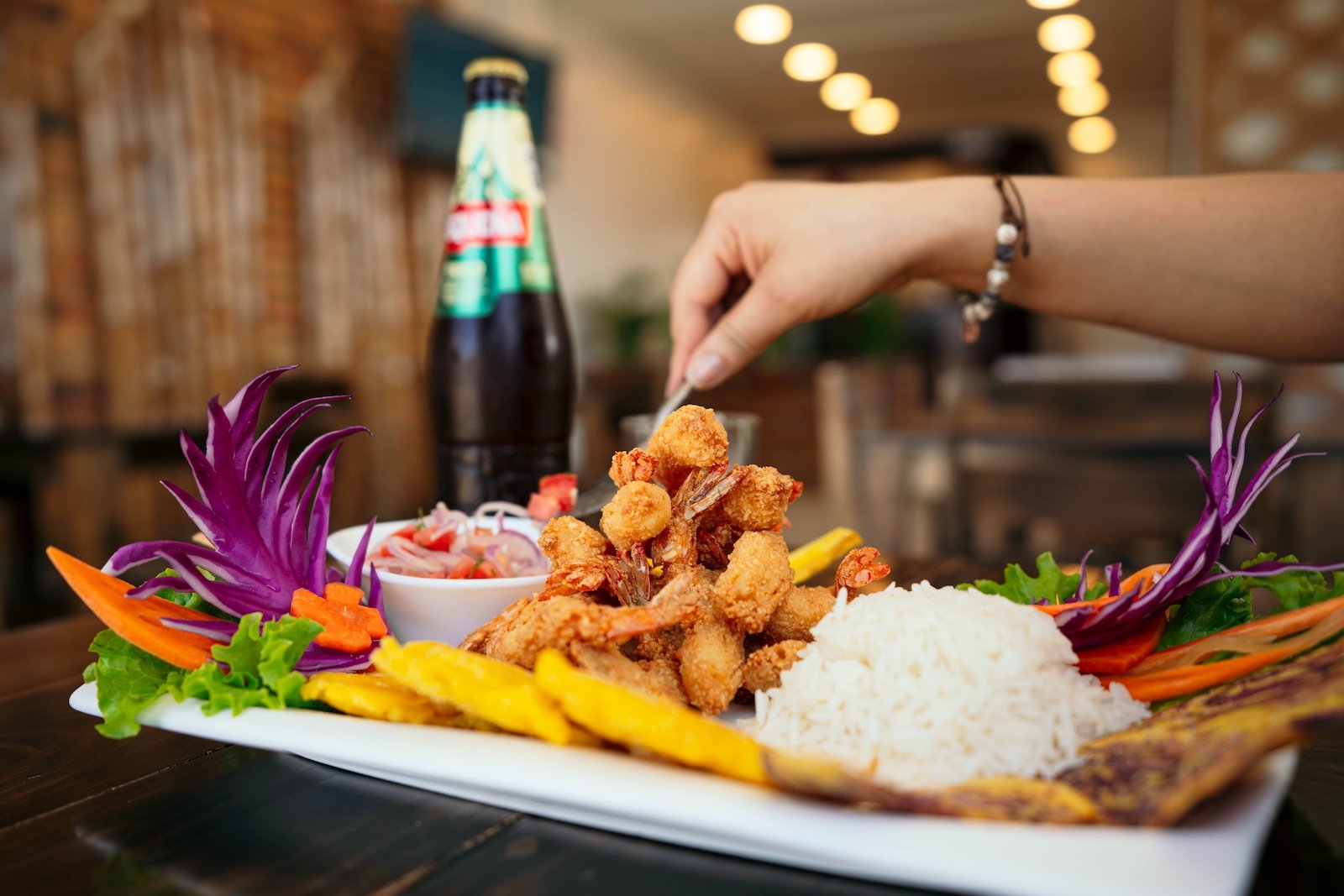
If you love eating breaded shrimp, you must educate yourself about the potential amount of microplastics you’re consuming. While these shrimps taste delicious, several past research studies have highlighted an alarming presence of microplastics in the digestive tracts of commercial shellfish. When researchers tested various protein sources to determine the level of microplastic contamination, breaded shrimp topped the list with nearly 300 microplastic pieces per serving.


